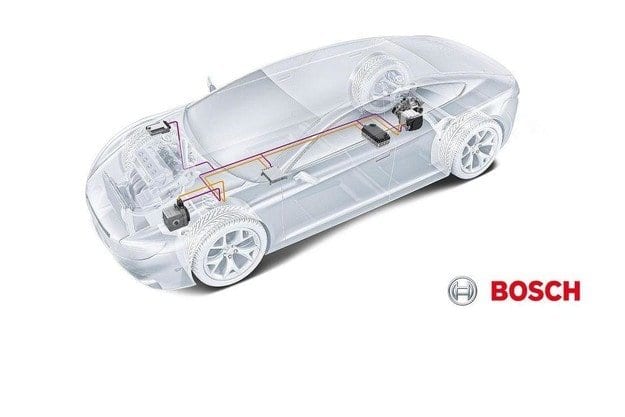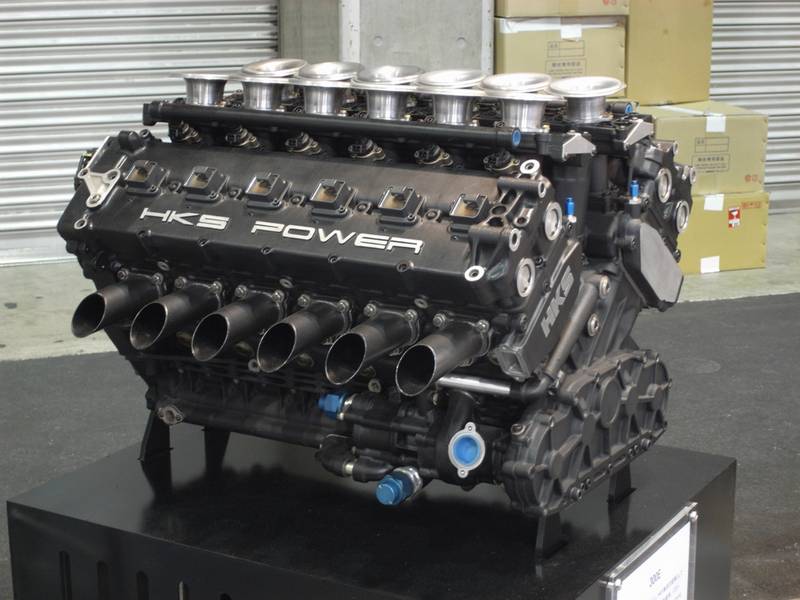
Motor in line or in V?
Most engines are available in so-called "in-line" versions, while others (less often because they are more noble) are in V. Let's find out what this means, as well as the advantages and disadvantages of each of them.
What's the difference?
In the case of an inline engine, the pistons/combustion chambers are in a single line, whereas in a V-architecture, there are two rows of pistons/combustion chambers (hence two lines) that form a V (each inch of a “V” representing a line).
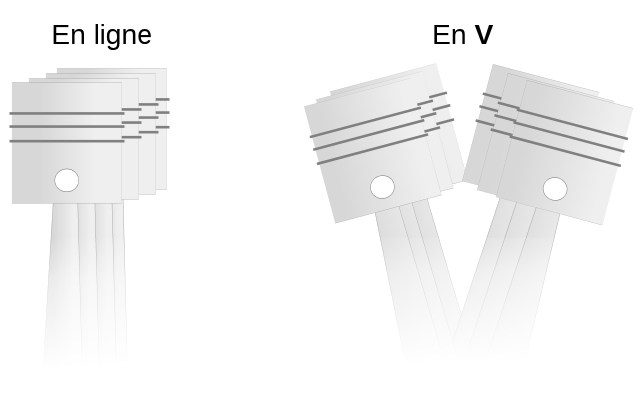
Here is an example of 4 cylinders in a line on the left (add two to go to 6) and then on the right a V6, which therefore has 3 cylinders on each side. The second architecture is logically more difficult to manufacture.
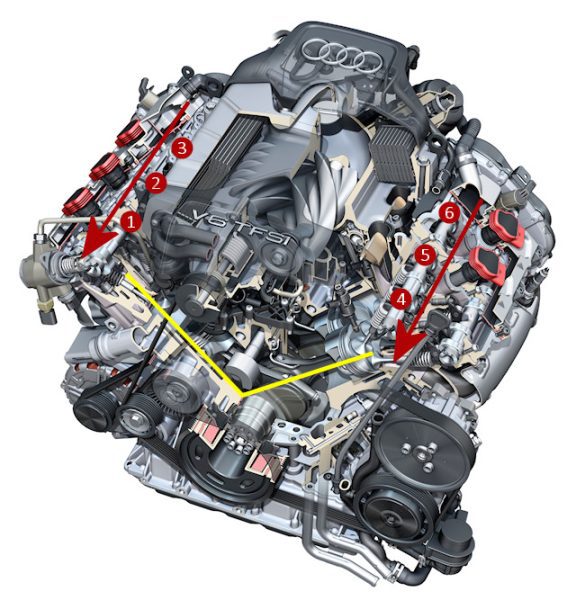
Here is the V6 TFSI. We can think of this architecture as a kind of engine divided into two lines of 3 cylinders connected by a crankshaft.
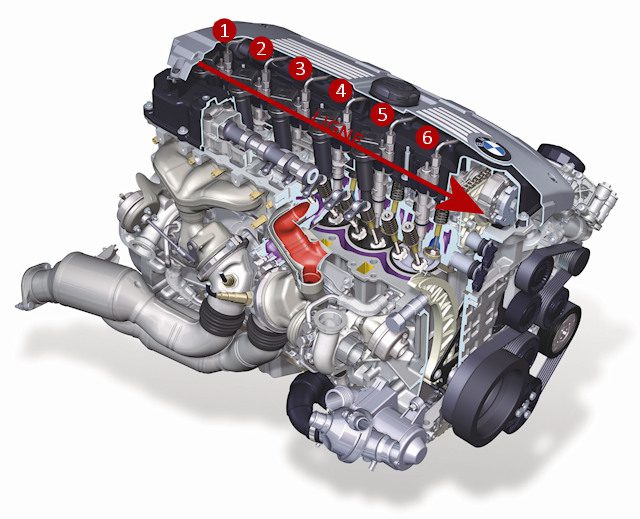
Here is a 3.0 inline gasoline engine from BMW.
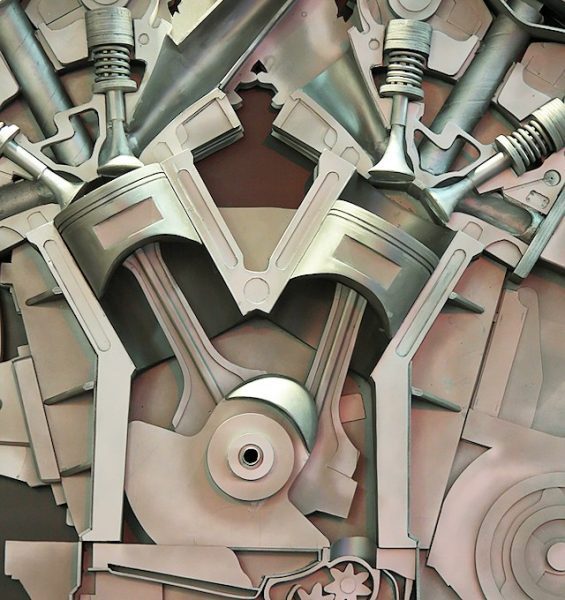
This is really a V-shaped motor
Some General Provisions
Usually, when an engine has more than 4 cylinders, it is deflected in V (V6, V8, V10, V12) while it is online, when this number is not exceeded (much like in the image above, 4-cylinder in-line and 6-cylinder in V). There are some exceptions, however, as BMW retains, for example, in-line architecture for its 6-cylinder engines. I will not talk about rotary or even flat motors here, which is much less common.
congestion
In terms of size, a V-shaped engine is generally preferred as it has a more "square" / compact shape. In particular, the inline engine is longer but flatter, and the V-shaped engine is wider but shorter.
cost
Whether it's maintenance or manufacturing cost, in-line engines are more economical because they are less complex (fewer parts). Indeed, a V-shaped engine needs two cylinder heads and a more complex distribution system (two lines that need to be synchronized together), as well as a dual exhaust line. And then the overall V-engine almost looks like two in-line engines connected together, which is necessarily more sophisticated and thoughtful (but not necessarily better in terms of performance).
Vibration / approval
The V-motor generates less vibration on average due to better balancing of the moving masses. This follows from the fact that the pistons (on either side of V) move in opposite directions, so there is a natural balance.

All comments and reactions
Dernier comment posted:
olive BEST PARTICIPANT (Date: 2021, 05:23:00)
Hi admin
I wondered between a V-engine and an in-line engine
Which one is consuming the most?
Il I. 3 reaction (s) to this comment:
- Ray Kurgaru BEST PARTICIPANT (2021-05-23 14:03:43): Greediest * I think *. 😊
(*) a little humor.
- olive BEST PARTICIPANT (2021-05-23 18:55:57): 😂😂😂
It's funny
admin, which is also more powerful, or, to paraphrase, which has the most power
- Administrator SITE ADMINISTRATOR (2021-05-24 15:47:19): Same opinion as Ray ;-)
No, seriously, it looks like a keef keef ... To see if one of the two has a potentially heavier crankshaft that could possibly bring a little more fuel.
Another advantage of an inline engine is that it can have a hot side and a cold side (intake on one side and exhaust on the other), and this better temperature control can cause a little more efficiency ... But in general it will have a greater impact on the mood of the engine. than for his expense.
(Your post will be visible under the comment after verification)
Write a comment
What do you think about the evolution of vehicle reliability?
